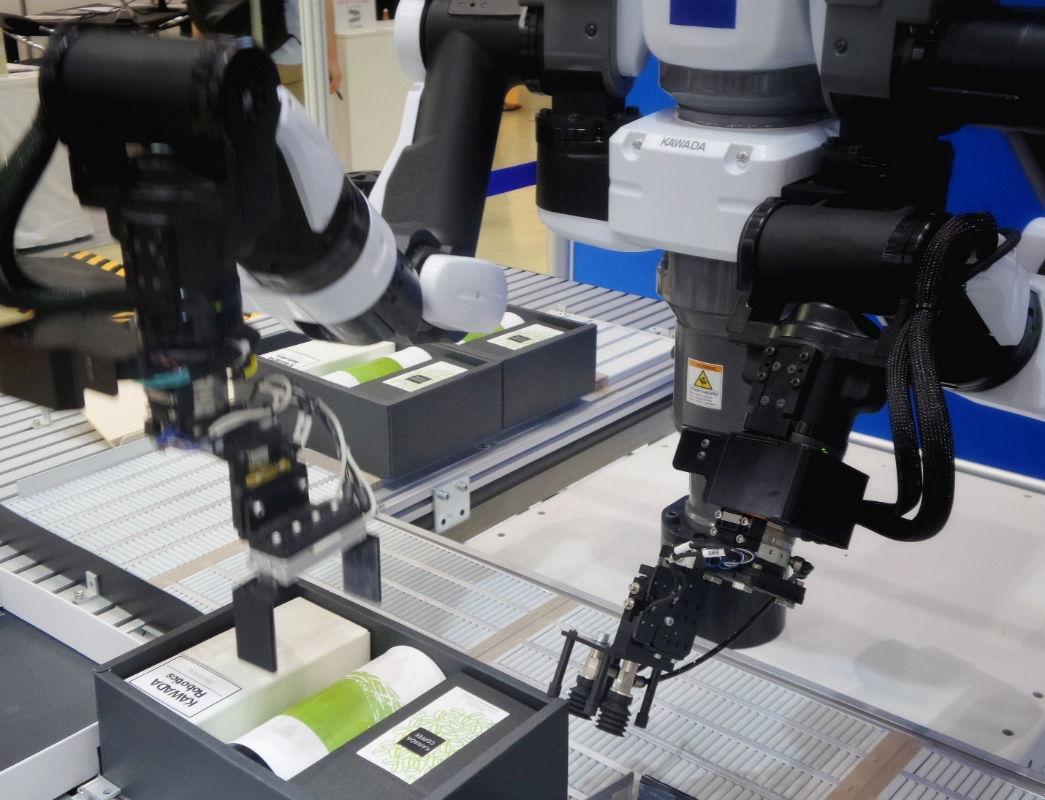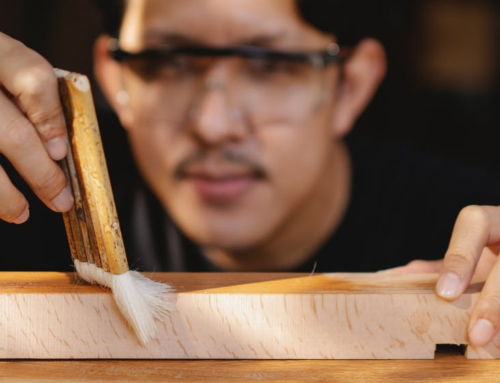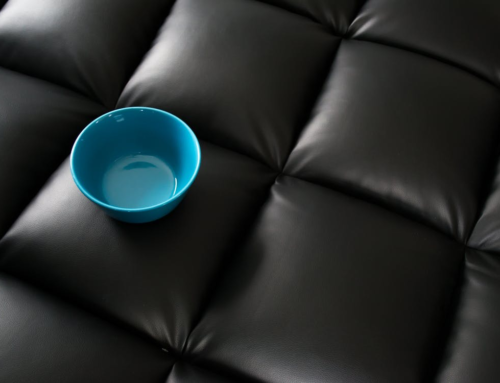Waterborne polyurethanes for coatings and adhesives have replaced oil-based polyurethanes. Their corrosion and water resistance properties and eco-friendly characteristics make them a better coating and adhesive alternative to their solvent-based counterparts.
At SIWO US, we offer various waterborne polyurethane products, including cationic and nonionic waterborne polyurethanes. We’ve curated this guide to draw a line between both products.
Cationic Waterborne Polyurethanes
Cationic waterborne polyurethane is a cationic emulsifier that uses tertiary amines to make salts. This group ensures that water-based polyurethane emulsifies on cationic waterborne polyurethane’s main chain. Cationic waterborne polyurethane (CWPU) improves the stability and elasticity of PUDs. CWPU is synthesized from WFO (waste frying oil) to be used as a film coating.
Cationic waterborne polyurethanes initially developed as an adhesive for the anionic surface. However, it’s now used in innovative systems, including poly liquids, antibacterial coatings, polyelectrolytes, and drug carriers.
Uses of Cationic PUDs
Cationic waterborne polyurethanes were initially used in fabric processing. Now they’re used in wood surface treatment and metal surface treatment. It’s also used as a leather primer and glass fiber infiltration agent.
Advantages of Cationic PUDs
Cationic waterborne polyurethane is based on polyether. Therefore, its coating film is soft, which eventually makes a suitable PUD for fabric processing. Our cationic waterborne polyurethane has excellent abrasion, water, salt spray, and heat resistance. So these can also be utilized for wood surface treatment, metal surface treatment, and fiberglass infiltration.
Nonionic Waterborne Polyurethanes
Nonionic waterborne polyurethane incorporates sulfonated or carboxylic acids in the main polyurethane chain. As part of the hydrophobic side of the polyurethane chain, nonionic waterborne polyurethane consists of high contents of solids.
This type of emulsifier has smooth and softer textures. Its hydrophobic characteristics make this a perfect substrate for coatings, construction, leather, and adhesives. Nonionic waterborne polyurethane gives optical, mechanical, thermal, and static stability to PUD products.
Uses of Nonionic PUDs
The hydrophobic properties of nonionic waterborne polyurethane make it suitable for construction material, fabric finishing, and leather finishing processes. Nonionic PUDs are anti-corrosive. Hence, construction companies prefer this waterborne emulsifier for their construction material.
Advantages of Nonionic PUDs
Nonionic waterborne polyurethane is based on polyester. It offers an elastic and softer film when applied to a surface. It’s also better compatible with other emulsifiers such as anionic and cationic polyurethane dispersions and acrylic emulsions.
Polyurethane Products for Sale

If you’re looking for premium quality waterborne polyurethane dispersions and emulsifiers, SIWO US can help. We’re global water-based polyurethane suppliers with a major focus on sustainable innovation and customization.
Our waterborne PUDs, including cationic and nonionic waterborne polyurethanes, have breathability and mechanical properties that make them a better adhesive, coating, and painting alternative for fabric, automotive parts, construction material, and leather. Reach out to us today!









Leave A Comment